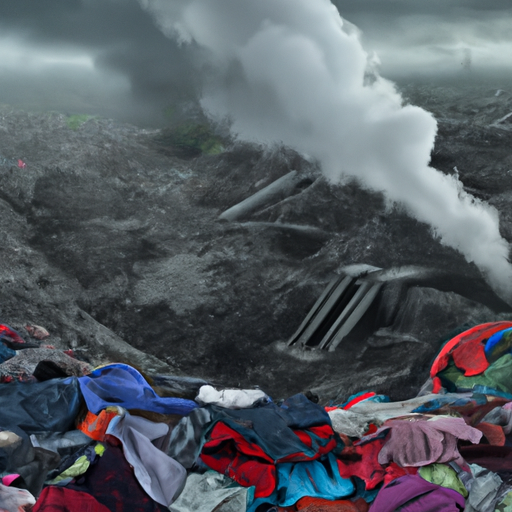How does Fast Fashion Affect Environmental Sustainability? Analyzing the Implications and Solutions
What is Fast Fashion?
Fast fashion is a method of mass production that prioritizes quick turnaround of trendy, cheap clothing over the longevity and ethicality of the items. Brands manufacture these garments at breakneck speed to meet consumer demand, leading to lower quality goods and ultimately, a heavier environmental burden.
Impact on environmental sustainability
Fast fashion has a devastating impact on our environment. The industry produces 20% of global wastewater and 10% of global carbon emissions, more than all international flights and maritime shipping combined. As clothes are designed for fast purchasing and even faster disposal, they contribute significantly to landfill issues. From chemical runoff to micro-plastics in our oceans, the environmental repercussions are both alarming and widespread.
Critical figures and studies
Research shows that nearly three-fifths of all clothing ends up in incinerators or landfills within a year of being produced. Companies produce around 100 billion new pieces of clothing each year, but they recycle less than 1% of the materials used. Furthermore, a single cotton T-shirt requires about 2,700 liters of water - the equivalent of what an average person drinks over two-and-a-half years.
Solutions and approaches
To mitigate fast fashion's environmental impact, the clothing industry needs to shift towards more sustainable practices. This includes reducing the use of synthetic fibers, prioritizing recycling and second-hand markets, and designing clothes for durability. Consumers should also consider buying fewer, higher-quality items and repairing them as needed rather than continually purchasing new, throwaway clothes. Brands and consumers alike have a role to play in driving this change.

















Comments
Leave a Comment